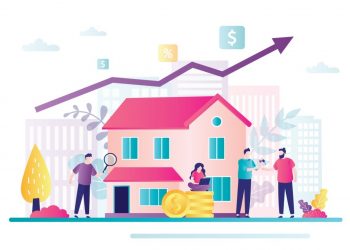Amid the list of milestones that the housing market tallied in 2021, a new report from ATTOM Data Solutions indicates that fix-and-flip investors contributed a record performance of their own.
The organization released its year-end 2021 U.S. Home Flipping Report, which found that the number of single-family homes and condos flipped last year saw a 26% increase from 2020. That translates to 323,465 in 2021, marking a 15-year high.
Key findings:
- There were 96,773 home flips in the fourth quarter of 2021
- Home flipping rates were down in 53% of local markets, with the most significant drops in Northeast and West
- The number of home flips purchased with financing dipped to the lowest level in three years (38.7%)
- Typical gross profits on home flips were $65,000 in 2021—down from a 15-year high of $67,000 in 2022
- Home flipping returns drop to a 13-year low
- Average time to flip nationwide down to 153 days
The takeaway:
Based on ATTOM’s report, the number of homes that investors flipped climbed to a total not seen since 2006, which hit nearly 334,000 homes flipped.
According to ATTOM, last year’s flips represented 5.5% of all U.S. home sales, a modest decline from 2020 and 2019, which tallied 5.8% 6.1%, respectively.
Despite investors’ uptick in turnaround sales, the report also notes that house flippers took a hit to their profit margins last year. According to ATTOM, homes flipped in 2021 typically generated a gross profit of $65,000 nationwide—down 3% from $67,000 in 2020.
“While gross profits were lower for fix-and-flip investors in 2021, there may have been offsets that protected net profits,” said Rick Sharga, ATTOM’s executive vice president of market intelligence. “Fewer flippers financed their purchases, so their cost of capital was lower. And it took less time to execute a flip, reducing holding costs, and suggesting that less extensive—and less expensive—repairs were needed to bring the properties to market. A lot of the mark-up on fix-and-flip properties historically has come from the value of those repairs, but so have a lot of the costs that reduce net profits.”
“In an environment where mortgage rates are rising as rapidly as they are today, investors buying with cash are at a distinct advantage over consumer homebuyers,” Sharga added. “The combination of rising home prices, rising mortgage rates and rising inflation is undoubtedly creating affordability issues for many prospective buyers, so it’s possible that there will be less competition overall for the limited inventory of homes available for sale.”












